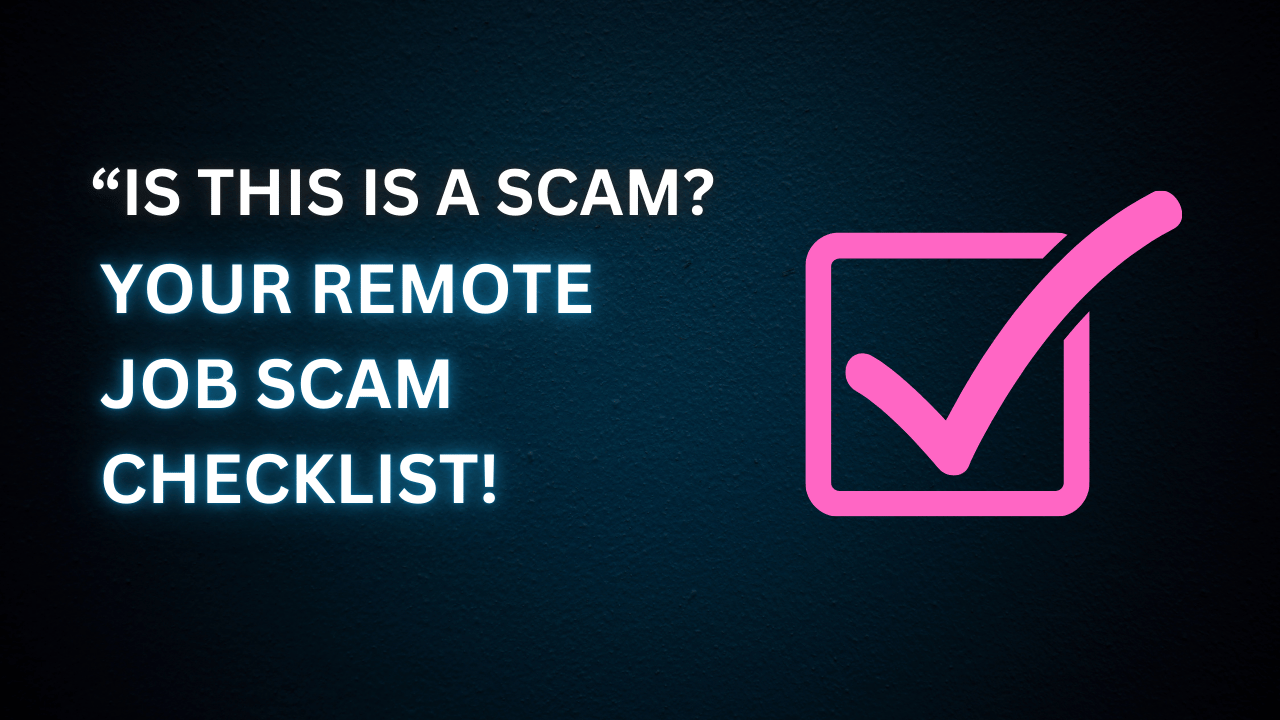1. Identify the Company Hiring If the job listing doesn’t include the company's name, reach out to the contact listed. You can't fully research a job without knowing who’s behind it.
2. Google the Company Look up the company online to find their website. A professional-looking site is a good sign, though scammers can have polished sites too. If the site appears sloppy or overly simple, that’s a red flag.
3. Verify Their Business Operations A legitimate company typically offers products or services, not just job opportunities. Make sure they seem to have an actual business, not just an endless need for workers.
4. Check Social Media A real business should have an active presence on social media. Look for posts and client interactions. If their social profiles only push job listings, proceed cautiously.
5. Question If It Sounds Too Good to Be True If the job offers high pay for easy tasks with no qualifications, be wary. Most well-paying roles require skills or experience.
6. Review the Type of Work If the job involves simple tasks like ad posting, data entry, envelope stuffing, or rebate processing, be skeptical. Scammers often promote these as high-paying roles, but legitimate, well-paying jobs for such tasks are rare.
7. Watch for Fees to Apply Legitimate jobs shouldn’t ask you to pay to apply. The only exception might be a fee for a background check, but generally, application fees are suspicious.
8. Research on Glassdoor and the BBB Check Glassdoor, Indeed, and the Better Business Bureau (BBB) for employee reviews and complaints. A presence on these sites with employee feedback suggests legitimacy.
9. Search for “Company Name + Scam” Search the company name with the word “scam” to see if anyone has reported issues. Many people will warn others online if they feel scammed.
10. Beware of Check Deposits If the company wants you to deposit a check for "office supplies" and send a portion back, it's a scam. This is a common way scammers try to defraud people.
11. Who Contacted Who? If the company reached out to you first without you applying, be cautious. Scammers often approach people directly, even if they’ve shared their resume online.
Use this checklist whenever you feel unsure about a work-from-home job. While not foolproof, it can help you steer clear of scams and find genuine opportunities.

Comments
Post a Comment